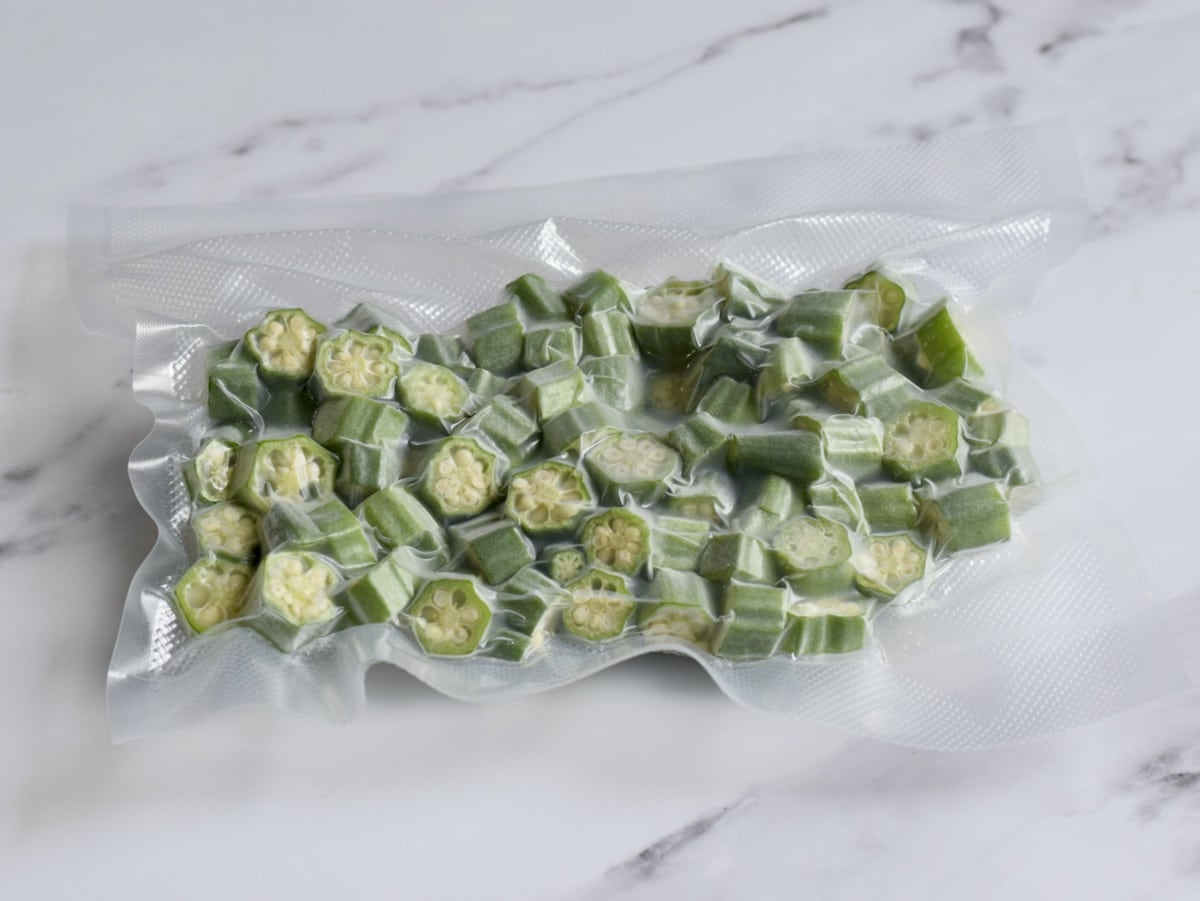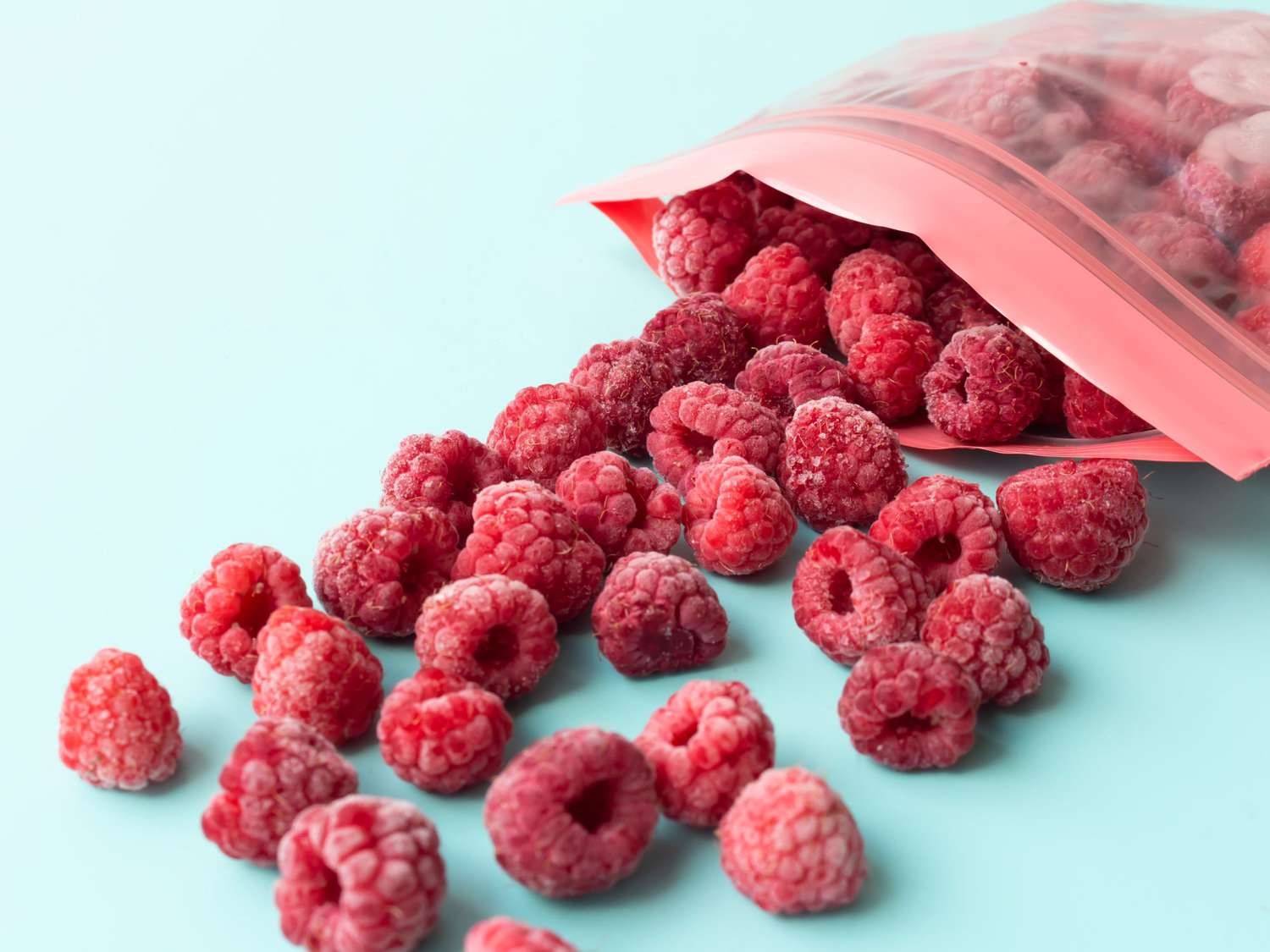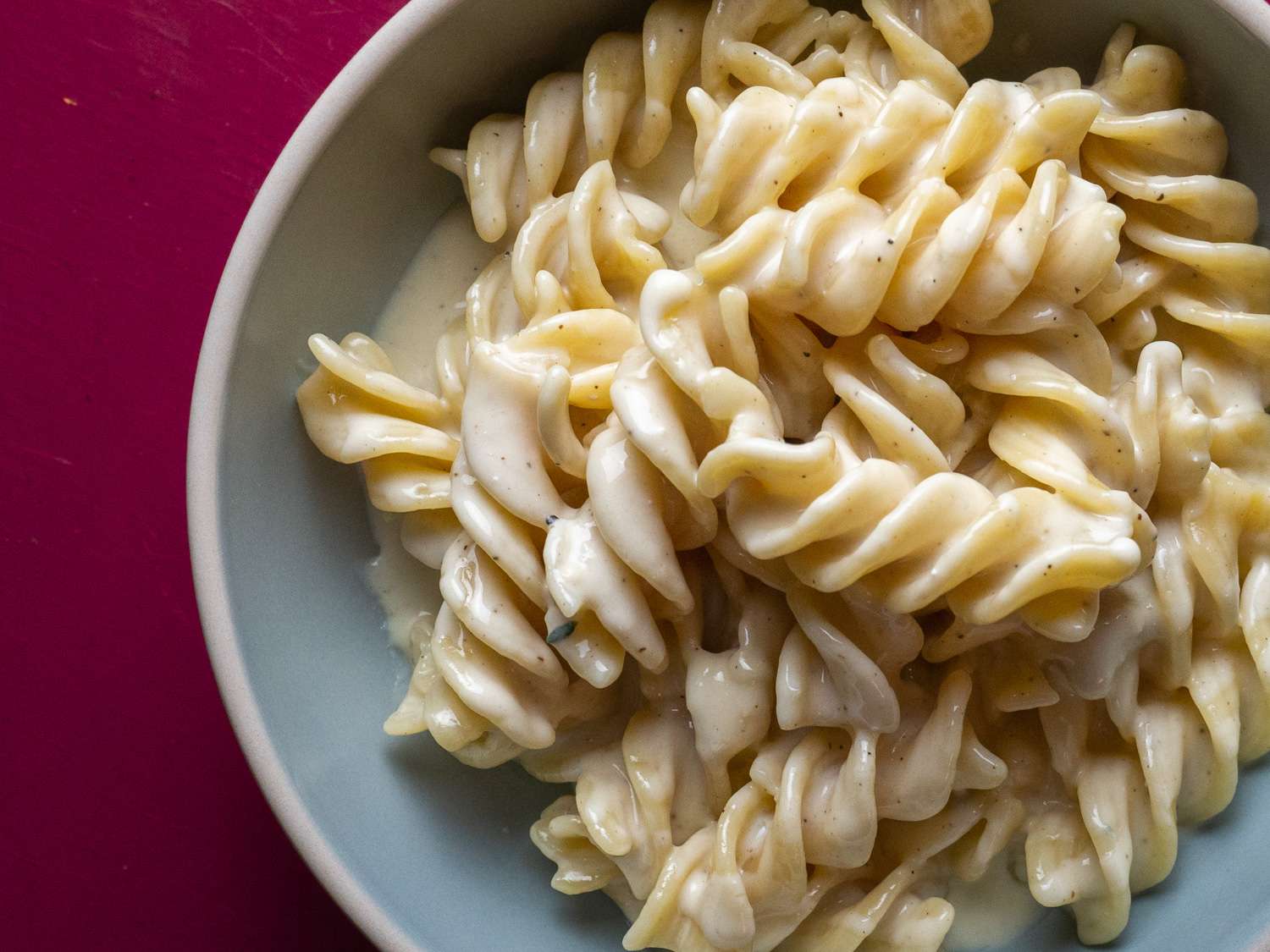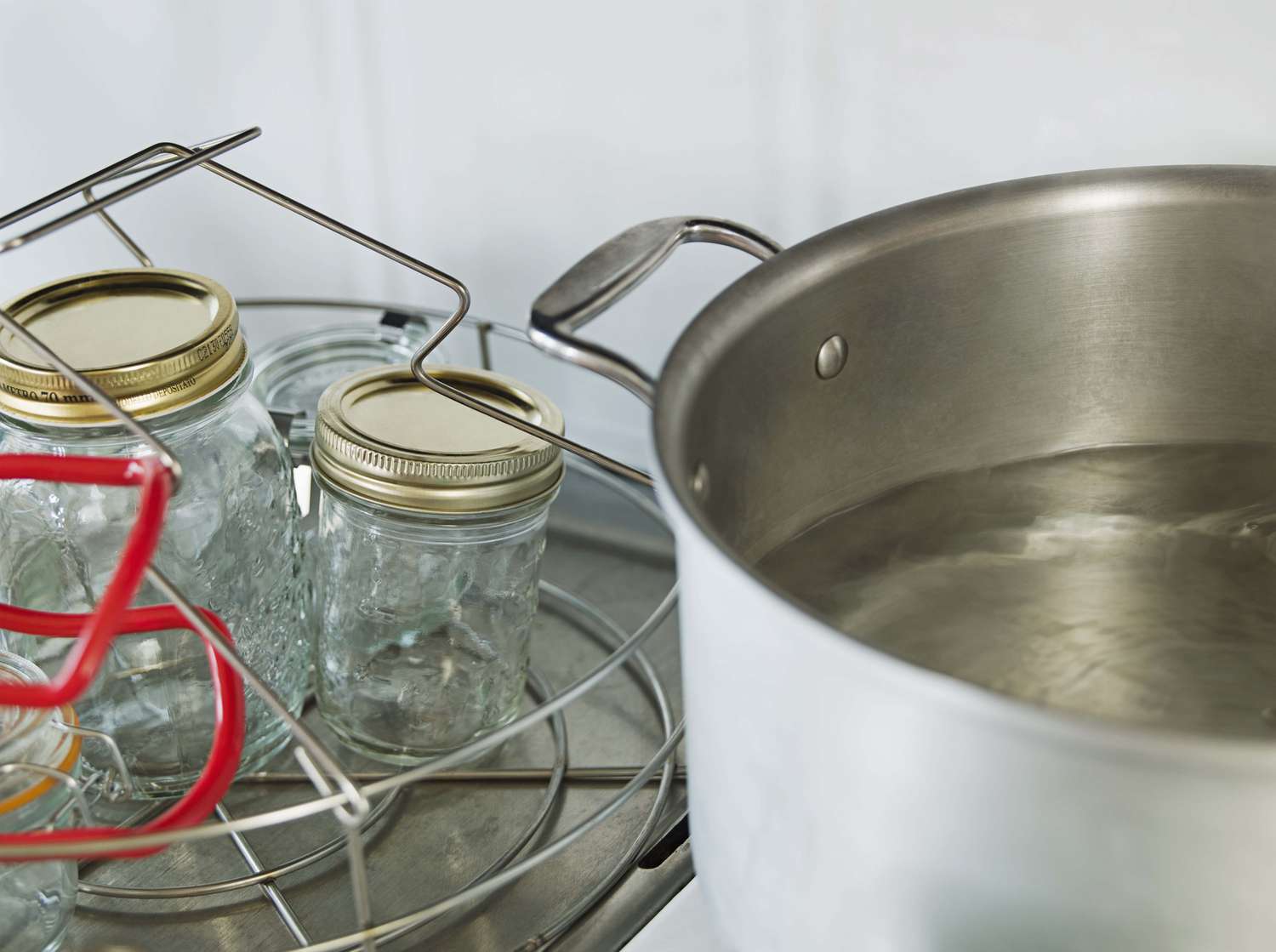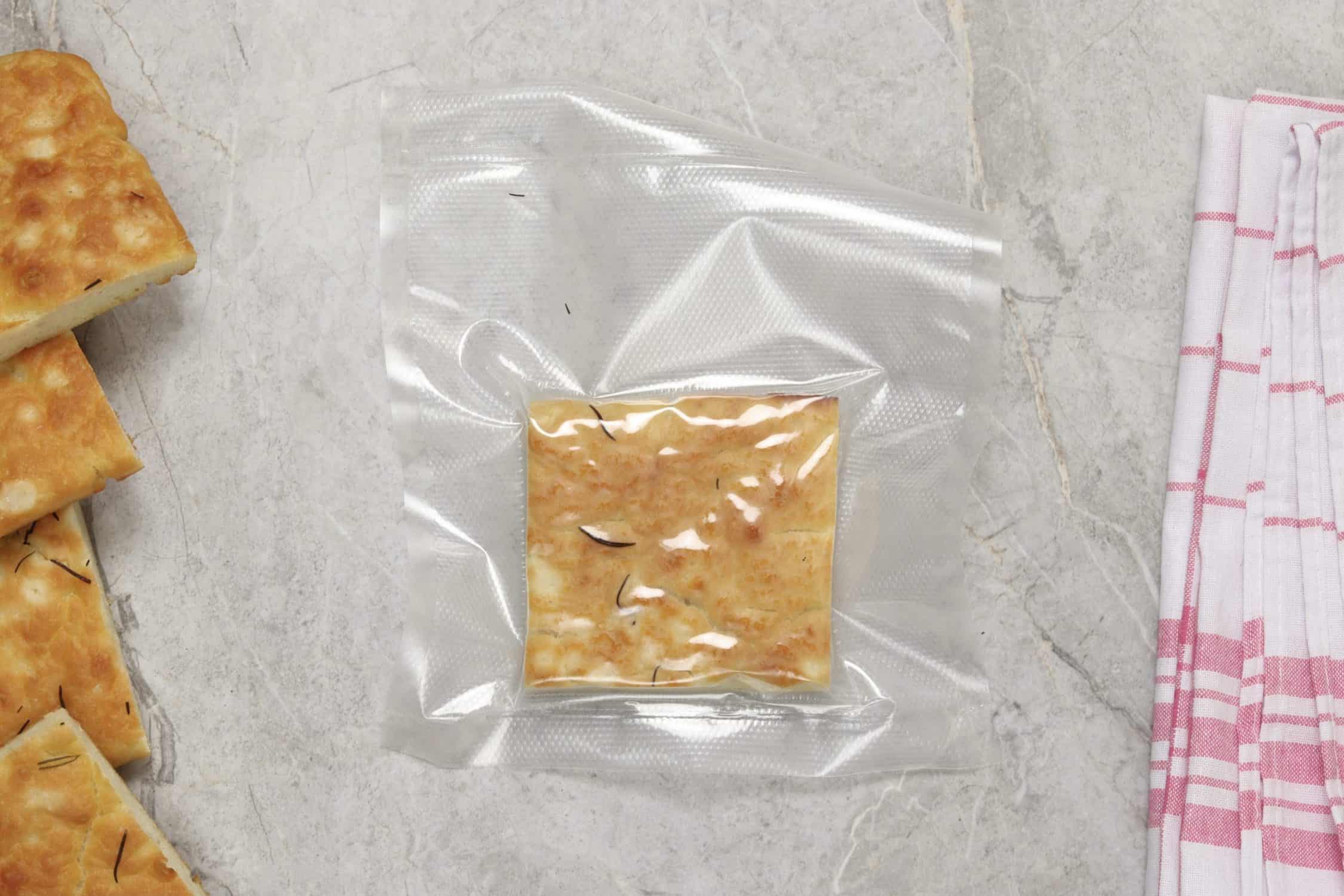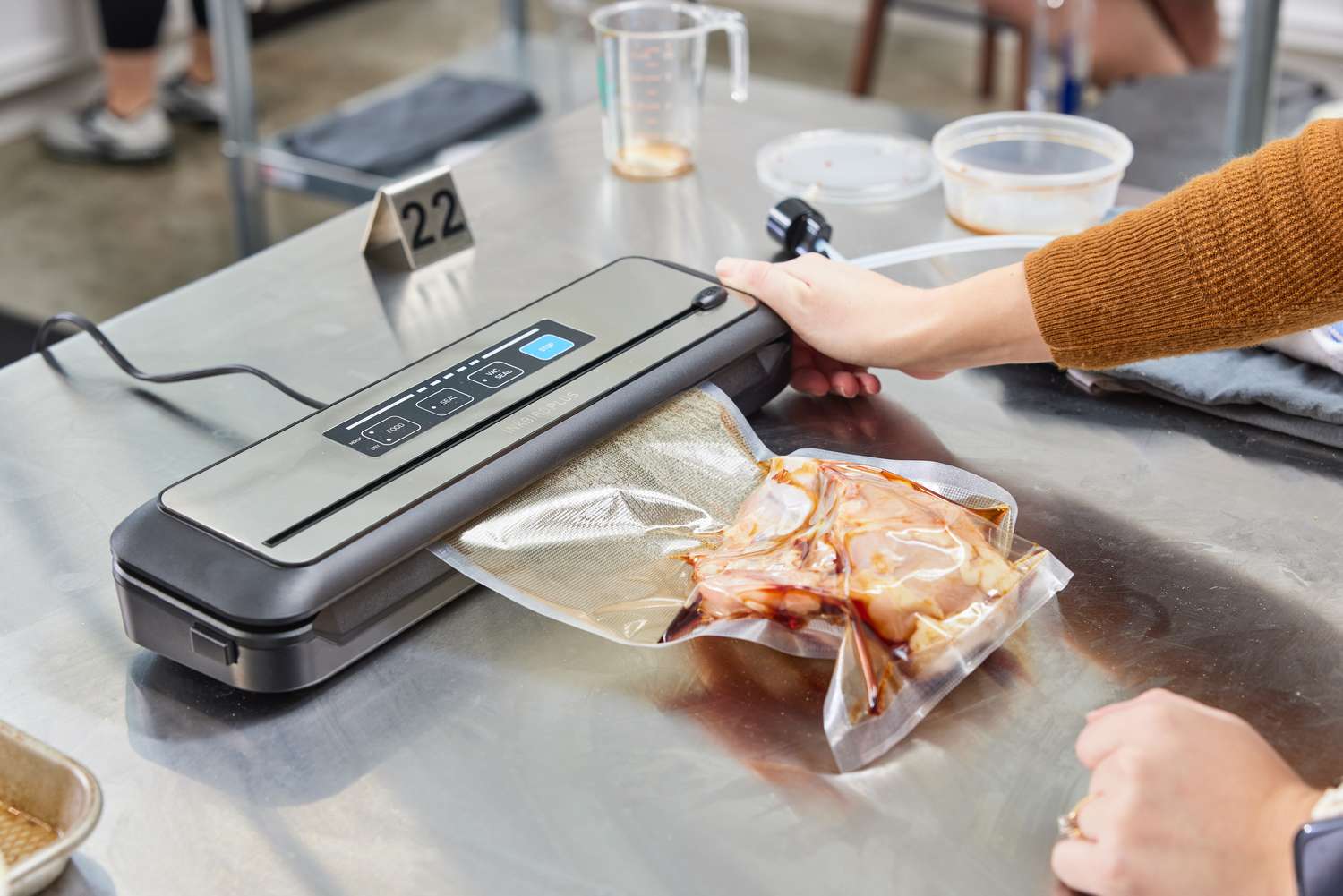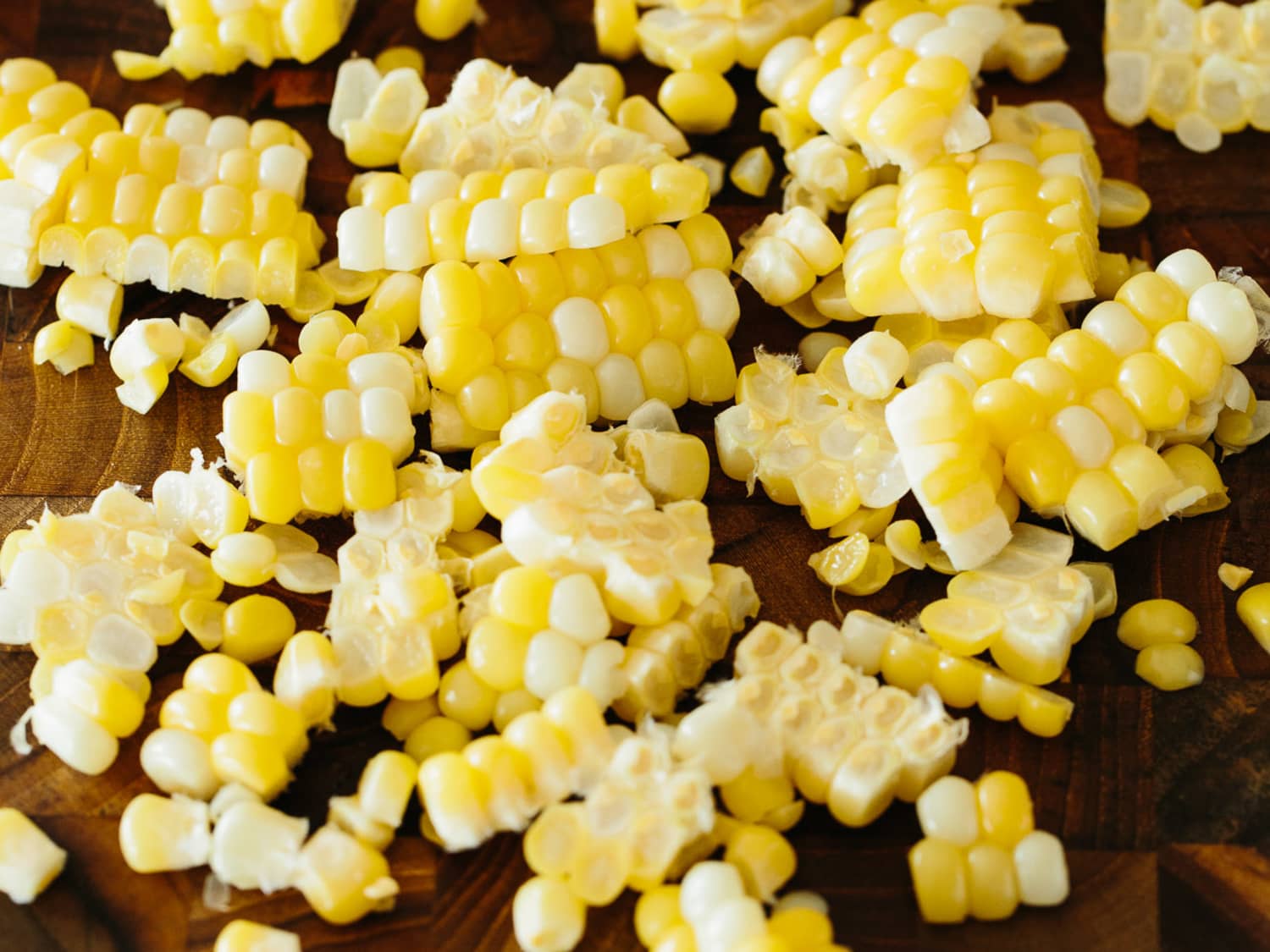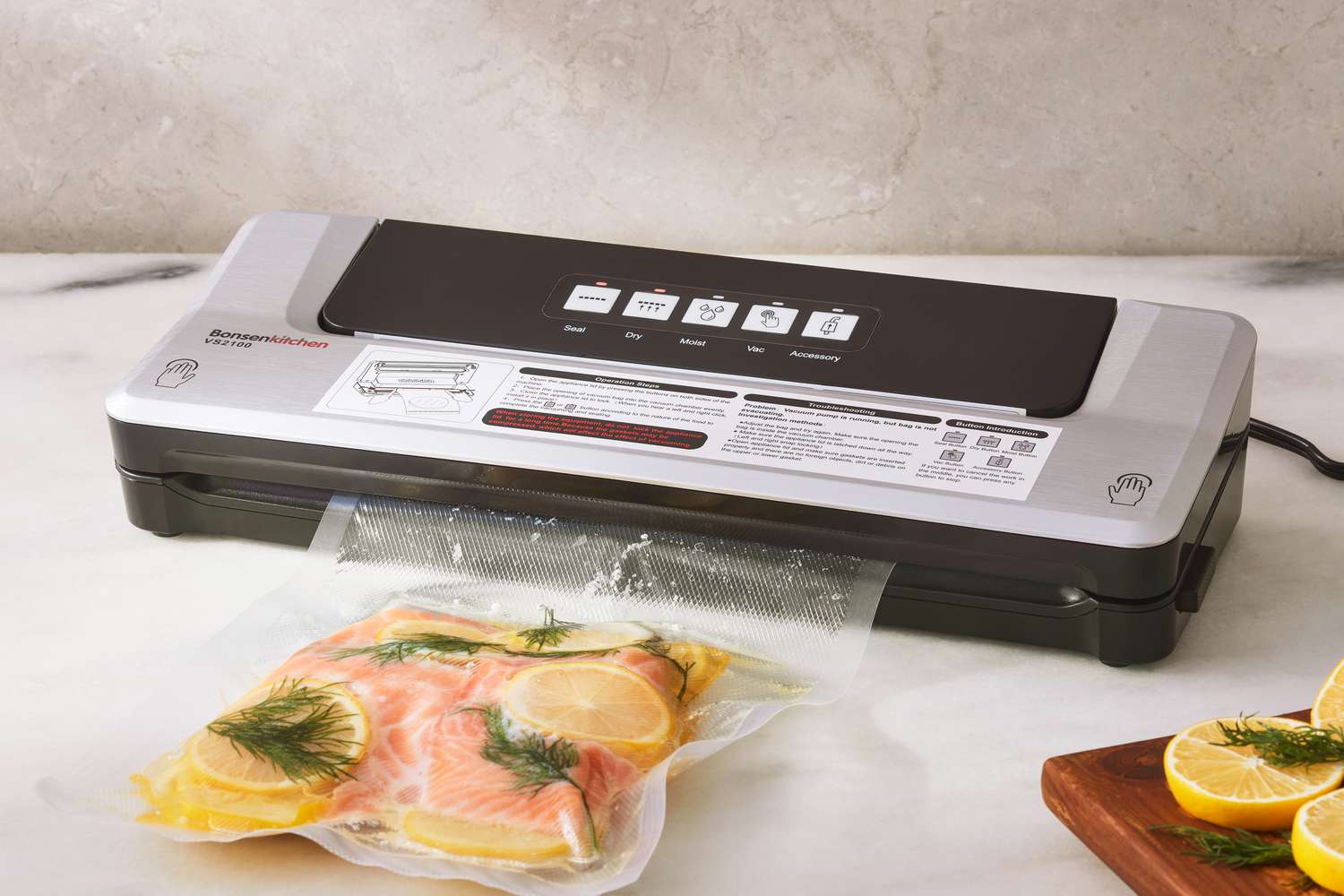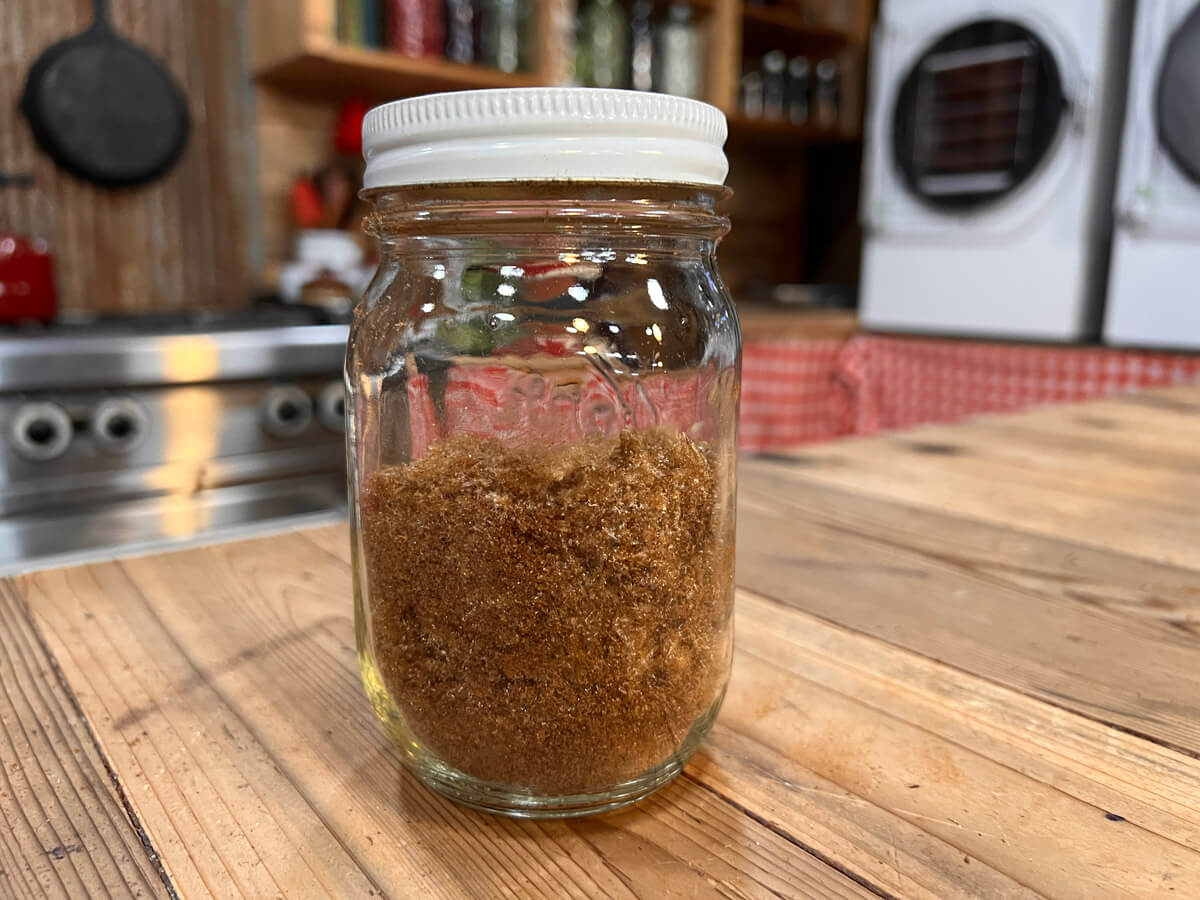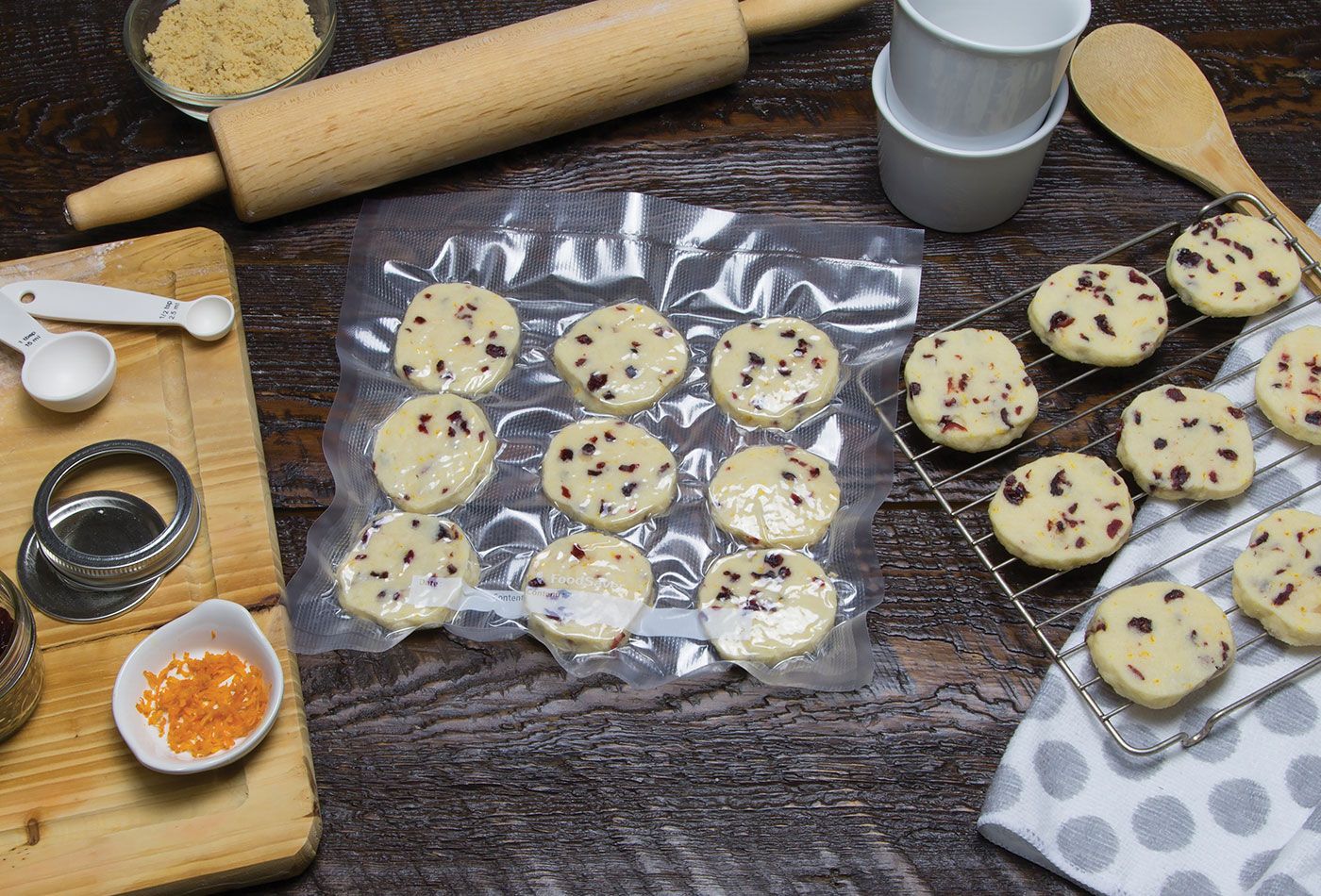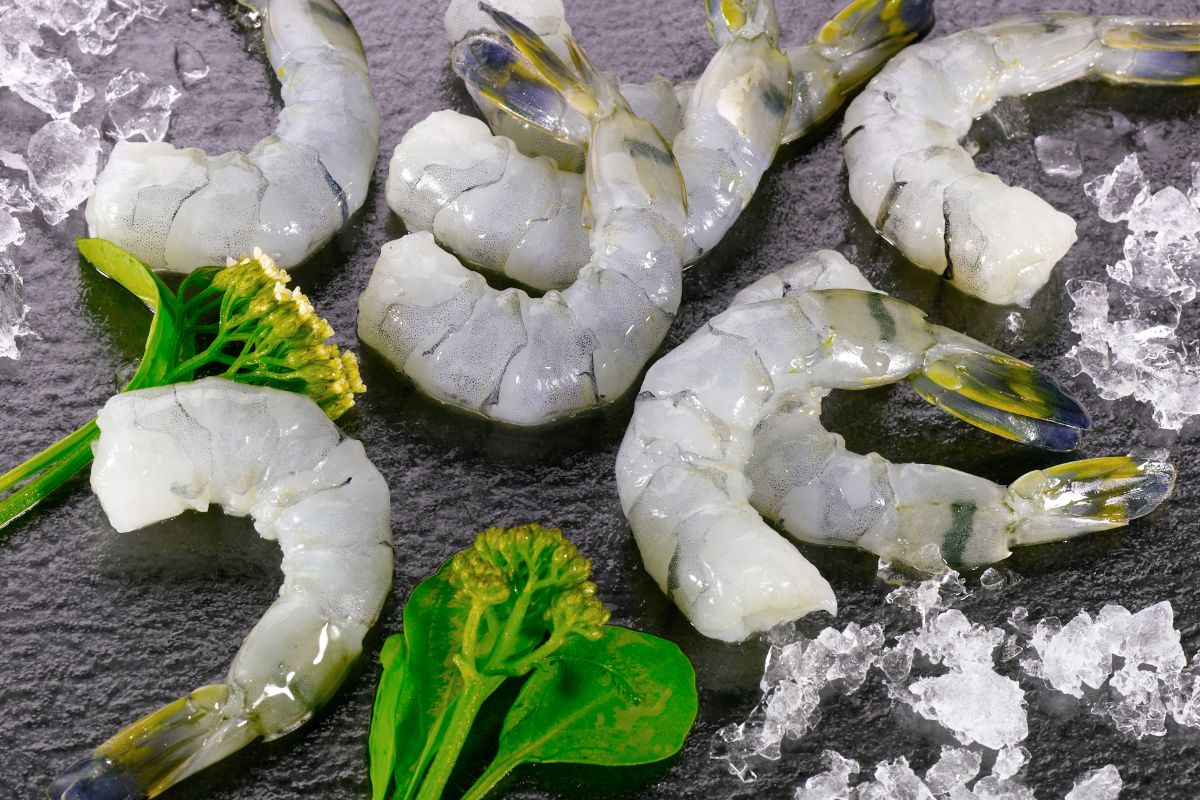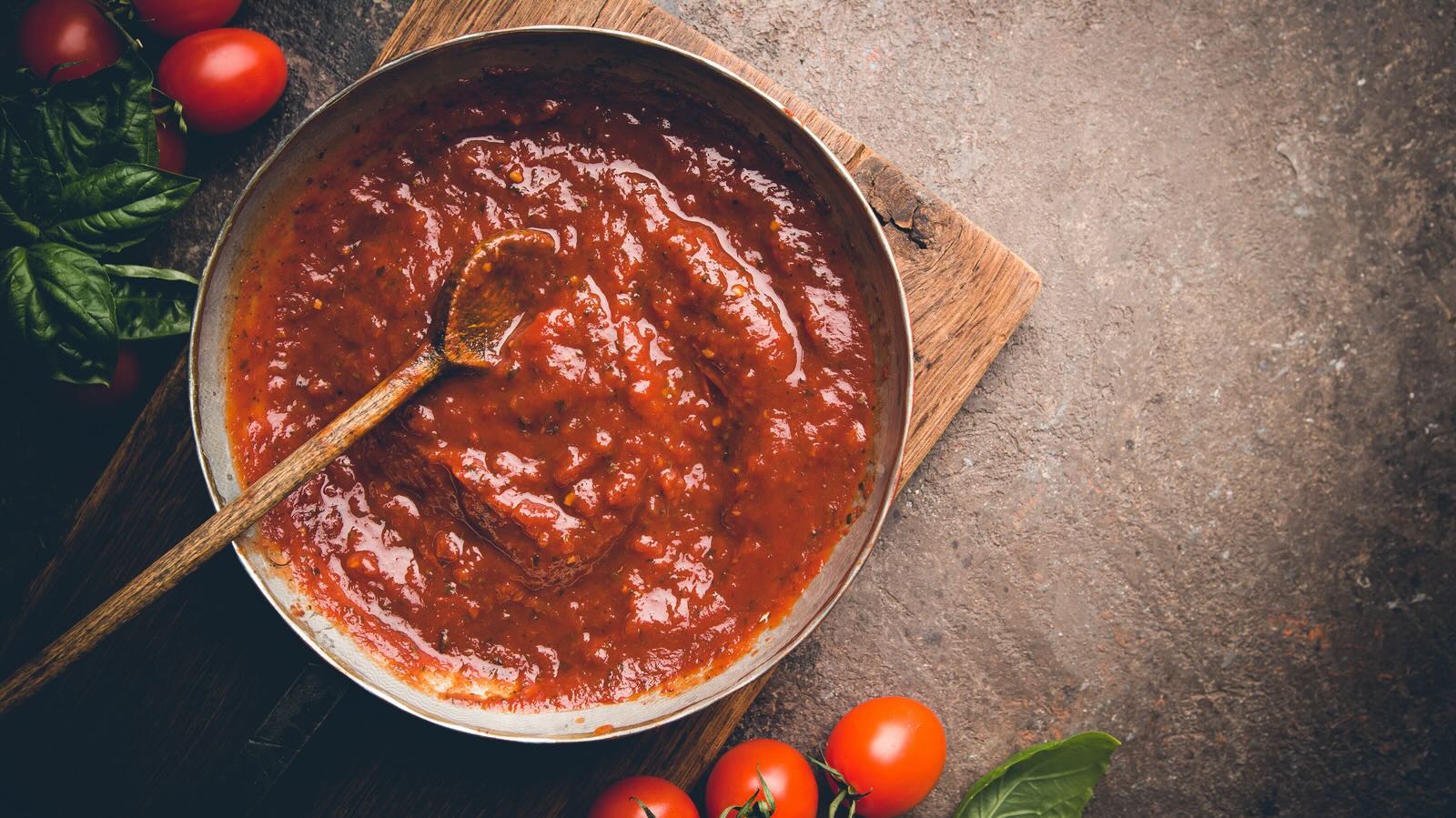Preserving Rice with Vacuum Sealing
When it comes to preserving food, vacuum sealing is an effective and efficient method that can help extend the shelf life of various items, including rice. By removing air from the packaging, vacuum sealing helps prevent the growth of microorganisms and slows down the oxidation process, keeping the rice fresh for longer periods. If you’re looking to preserve your rice using a vacuum sealer, here are the steps to follow:
Step 1: Gather Your Supplies
Before you begin, make sure you have all the necessary supplies on hand. You will need:
- Quality vacuum sealer
- Vacuum-sealable bags or rolls
- Dry, uncooked rice
- Permanent marker for labeling
Step 2: Prepare the Rice
Ensure that the rice is completely dry before vacuum sealing. Any moisture present in the rice can lead to mold growth and spoilage. If the rice is freshly cooked, allow it to cool and air-dry for a few hours before proceeding with the vacuum sealing process.
Step 3: Fill the Vacuum-Seal Bag
Take a vacuum-sealable bag or roll and carefully fill it with the dry rice. Be mindful of the recommended maximum capacity of your vacuum sealer to avoid overfilling the bags. Leaving some space at the top of the bag will allow for proper sealing.
Step 4: Seal the Bag
Once the bag is filled with the desired amount of rice, it’s time to seal it. Most vacuum sealers have a designated sealing function that securely closes the open end of the bag. Ensure that the seal is airtight to prevent any air from entering the bag after the vacuuming process.
Step 5: Vacuum Seal the Bag
Place the sealed end of the bag into the vacuum sealer and follow the manufacturer’s instructions for vacuum sealing. The machine will remove the air from the bag, creating a tight seal around the rice. Once the vacuuming process is complete, the bag will be tightly sealed, ready for storage.
Step 6: Label and Store
Using a permanent marker, label the sealed bag with the date of packaging to keep track of its freshness. Additionally, you can include the type of rice and any other relevant information. Store the vacuum-sealed rice in a cool, dry place away from direct sunlight and moisture to maintain its quality.
Benefits of Vacuum Sealing Rice
Vacuum sealing rice offers several benefits, including:
- Extended shelf life: Vacuum-sealed rice can stay fresh for an extended period, preserving its quality and flavor.
- Protection from pests: The airtight seal prevents pests from infiltrating the rice, keeping it safe from infestations.
- Space-saving: Vacuum-sealed bags take up less space, allowing for efficient storage in pantries or cabinets.
- Prevention of moisture and odor absorption: Sealing rice in a vacuum bag helps protect it from absorbing moisture and unwanted odors from the surrounding environment.
Conclusion
Vacuum sealing rice is a practical way to ensure its longevity and maintain its freshness. By following the simple steps outlined above, you can effectively preserve your rice and have it readily available for future use. Whether you’re a cooking enthusiast or simply want to stock up on rice, vacuum sealing is a valuable technique for food preservation.
Remember to always adhere to proper food safety guidelines and regularly inspect the vacuum-sealed rice for any signs of damage or spoilage. With the right tools and techniques, you can enjoy the benefits of vacuum-sealed rice in your kitchen.
Was this page helpful?
Read Next: How To Vacuum Seal Okra
